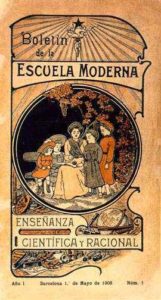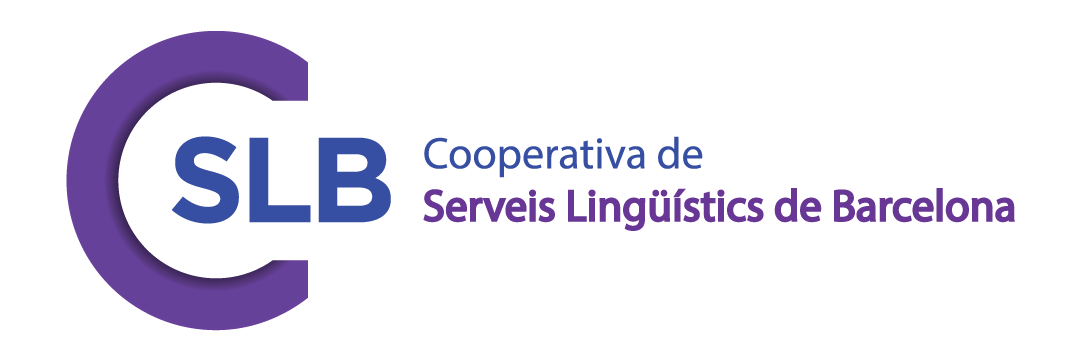This post on task-based language teaching was written by Geoff Jordan and published on his blog on Dec 14th, 2018. It is reproduced here, with minor edits, with his permission.
Task-Based Language Teaching: SLB’s online course for teachers
Fed up with teaching with coursebooks? Looking for something more satisfying? Then why not try task-based language teaching (TBLT)? Below are some Q & As, which I hope will convince you that it’s worth the effort. There is more information on SLB’s TBLT course for teachers, trainers and course designers here.
Q: What’s wrong with coursebooks, anyway?
A: They cut the language up into artificial bits; they concentrate on talking about the language rather than getting students to talk in the language; and they don’t respect SLA research findings about how people learn an L2.
Sessions 1 and 2 of the course deal with the limitations of coursebooks and with how people learn an L2.

Q: What is TBLT?
A: TBLT is based on the principle of learning by doing. Rather than spend most of classroom time talking about the language, TBLT scaffolds students’ efforts to talk IN the language about things that they actually have to do with the L2 in the real world. While there are “task-supported” versions of TBLT, like those proposed by Nunan (2004); Willis and Willis (2007), and R. Ellis (2003), the only version that really escapes from the clutches of the PPP approach and fully embraces the principle of learning by doing is Mike Long’s version, where a needs analysis identifies real life tasks which the students for whom the course is aimed will have to carry out. Once we’ve identified the “target tasks”, we break them down into a series of pedagogic tasks and find appropriate material to accompany them.
Units 3 and 4 of the course cover these issues.
It sounds too difficult!
A: But it isn’t. It’s simple: instead of presenting and practicing a sequence of grammar structures and vocabulary lists, you lead students through a sequence of tasks and give them help as and when they need it. Examples of such tasks are: giving a sales presentation; taking part in an undergraduate seminar; having a meal in a restaurant; getting and following street instructions; analysing a scientific report; dealing with a police stop in a car; viewing a property for rent; advising a client on an investment package.
OK, but there’s too much work involved!
A: There’s no denying that the needs analysis, materials production, and pedagogic task design involves some front-end heavy lifting, but it pays huge dividends, and this work doesn’t have to be re-done every time a course is offered. In most contexts, including academic, work, and travel contexts, for example – work done this year will be usable next year. As you and your colleagues gain experience of TBLT, your needs analysis process becomes more streamlined, Task Types are more easily identified, and the materials bank grows so as to make the production of Pedagogic tasks much quicker.
This is really the heart of the matter, and we devote 4 units to it. We’ll deal with needs analysis, deriving pedagogic tasks from target tasks, making materials for pedagogic tasks, and putting together the syllabus. We’re very aware of the limited time and resources teachers have, and of cultural restraints too; so we’ll devote a lot of attention to making certain compromises in order to respond realistically to local contexts.
Units 5 to 9 of the course cover all these issues. Prof. Mike Long and Prof. Roger Gilabert will be personally involved, giving tutorials, answering questions and supervising the final assessed task.
Q: How does it work in practice?
A: The principles include “Provide Rich Input”; “Encourage inductive “chunk” learning”; “Focus on Form”; “Provide negative feedback”; “Promote cooperative collaborative learning”. The procedures depend on the local context and on each different day of class, so they rely on teachers’ experience and “feeling”. The principle “Provide negative feedback”, for example, still has to be put into practice. Obviously, responses to errors will vary enormously; one error can be let go, while another might warrant a brief interruption in the group work to bring it to the attention of the whole class.
Unit 10 of the course is devoted to methodological principles and pedagogic procedures.
In fact, we think “Focus on Form” and “Provide negative feedback” are so important that we devote Unit 11 to them. We look at the question of explicit grammar, pronunciation and vocabulary teaching and at error correction, and stress their importance.
Q: What about assessment?
A: Assessment in these TBLT courses is done by task-based, criterion-referenced performance tests.
Unit 12 of the course deals with this, and we’re very lucky to count on Prof. Glenn Fulcher’s collaboration. He has helped us with the presentation and materials, and he will give the tutorials, answer questions and supervise the final assessed task.
Hurry, hurry!
Convinced? Want to know more? Well hurry hurry hurry, click this link and find out more about the course now!
References
Ellis, R. (2003) Task-based language learning and teaching. Oxford, OUP.
Long, M. (2015) Second Language Acquisition and Task-based language teaching. Chichester, Wiley.
Nunan, D. (2004) Task-based language teaching. Cambridge, CUP.
Willis, D. and Willis, J. (2007) Doing task-based teaching. Oxford, OUP
